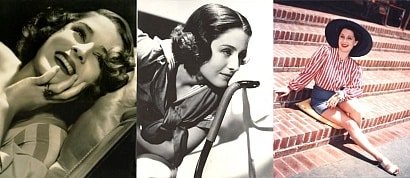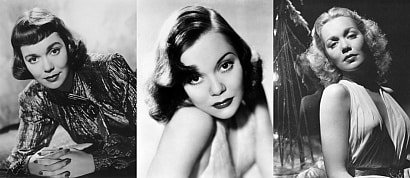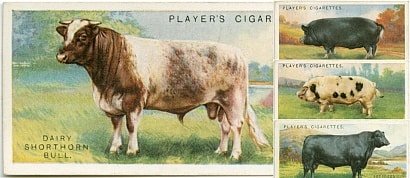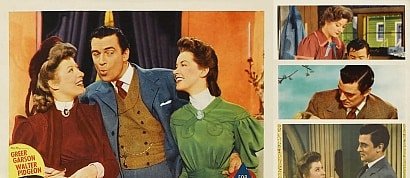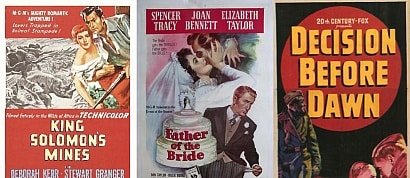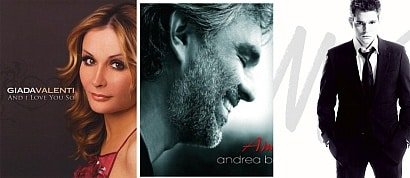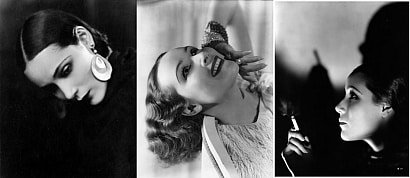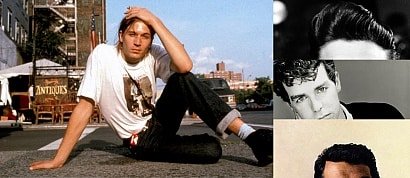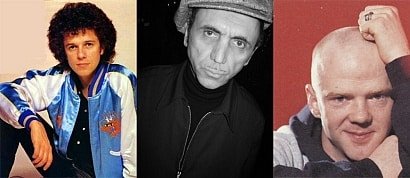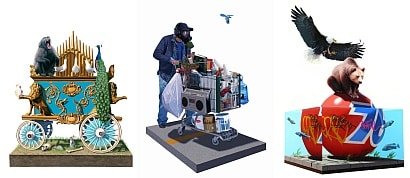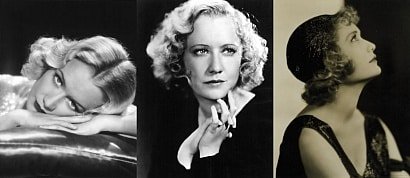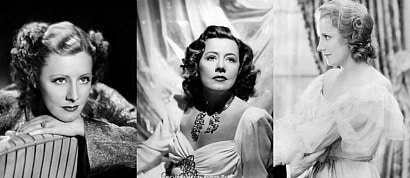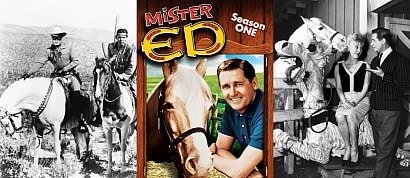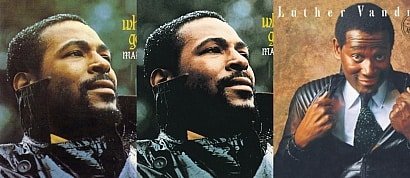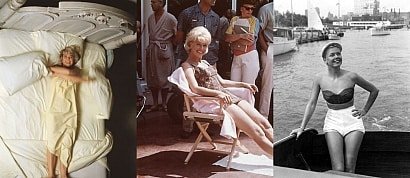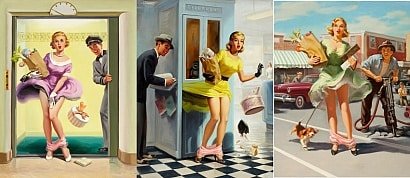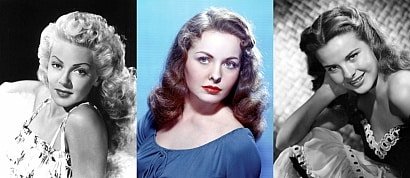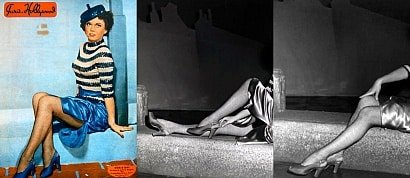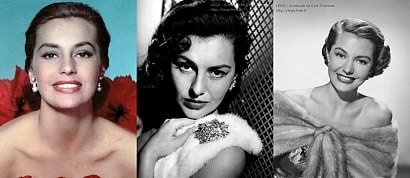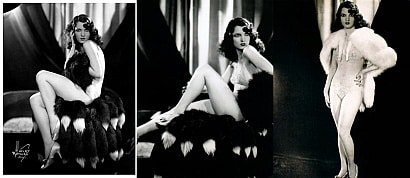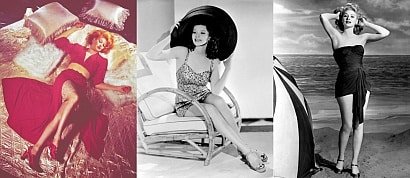Late 1940s/Early 1950s Italian Radio
Sort by:
Showing 38 items
Rating:
List Type:
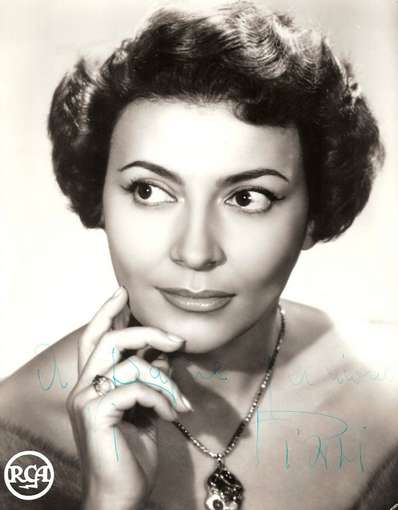
Nilla Pizzi, la Regina della Canzone Italiana (the Queen of the Italian song), with her flawless singing technique and her repertoire of classic Italian melodic songs. She also had many uptempo hits in the course of the Italian fad for exotique rhythms (1948-1950).

When she was a teen-ager, Nilla Pizzi became popular as a competitor of several beauty contests, including the national beauty contest 5000 Lire Per Un Sorriso (5000 liras for a smile).

In 1951, Nilla Pizzi won the first edition of the Sanremo's Italian Song Festival with the song Grazie Dei Fior (Thanks for the flowers)
In the early years the Sanremo Festival was a song contest in which each singer could take part in with more than a song. In 1952, Nilla Pizzi took part in the Sanremo Festival with Vola Colomba (Fly dove), Papaveri e Papere (Poppies and ducks) and Una Donna Prega (A woman prays). With these songs she won respectevely the first, the second ad the third place.

Nilla Pizzi with her most passionate fan: Frank Sinatra.
Nilla Pizzi, Grazie Dei Fior (Thanks for the flowers), 1951.
Nilla Pizzi with Cinico Angelini and his Orchestra, Vola Colomba (Fly Dove), 1952.

Claudio Villa was also known as il Reuccio (the little king). He was one of the all time most successful italian singers.
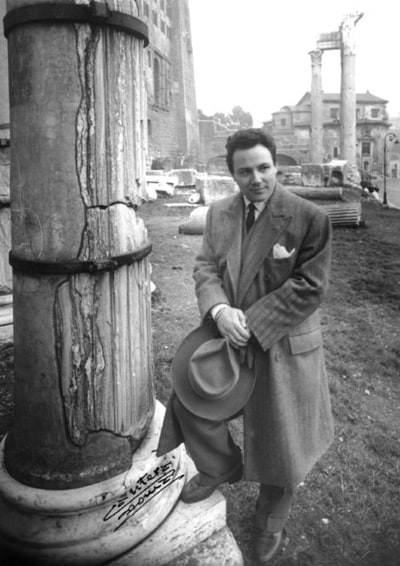
Claudio Villa in Rome, his hometown.

Claudio Villa starred in many movies, both comedies and musical dramas.
Above: movie poster for Marino Girolami's Quanto Sei Bella Roma (Rome how beautiful you are, 1959) a comedy starring Claudio Villa and Lorella De Luca.

Claudio Villa with Frank Sinatra in 1955.
Claudio Villa, Buongiorno Tristezza (Good morning sadness), 1955.
With this song, Claudio Villa won the Sanremo's Italian Song Festival for the first time in 1955. He won the Festival also in 1957, in 1962 and in 1967.
Claudio Villa, Bella Dispettosa (Beautiful she-pest), 1951.

Italian crooner Luciano Taioli was also popular as radio singer in the early 1940s. In the early 1950s he became one of the leading artists of the new melodic mainstream pop.

Luciano Taioli also starred in some movies.
Above: movie poster for Mario Landi's Canzoni Per Le Strade (1950) a musical drama starring Luciano Taioli and Antonella Lualdi.
Luciano Taioli, Verde Luna (Green moon), 1948.

Italian classic vocal pop singer Carla Boni was the most popular female singer of the early 1950s, with Nilla Pizzi.

In 1953, Carla Boni won Sanremo Italian Song Festival with Viale d'Autunno (Autumn boulevard).

Italian classic vocal pop singer Nella Colombo was one of the most popular female singers of the late 1940s.
Nella Colombo, In Cerca Di Te (Perduto Amore) (Looking for you - Lost love), 1945.
In Cerca Di Te (Perduto Amore) was one of the most popular Italian songs of the 1940s.

Italian classic vocal pop singer Marisa Fiordaliso was another of the most popular female singers of the late 1940s.
Marisa Fiordaliso, Si Soffre Per Amor (You suffer for love), 1949.

Italian classic vocal pop group Quartetto Cetra in 1941, from the top: Enrico De Angelis, Virgilio Savona, Enrico Gentile and Giovanni Tata Giacobetti.

Quartetto Cetra in 1942, from the left: Giovanni Tata Giacobetti, Felice Chiusano, Enrico De Angelis and Virgilio Savona.

Quartetto Cetra in their new formation with Lucia Mannucci (1947).

Quartetto Cetra in 1953, from the left: Felice Chiusano, Lucia Mannucci, Virgilo Savona and Giovanni Tata Giacobetti.
Quartetto Cetra were also popular for their movie features and for their TV shows, including the hugely successful Biblioteca di Studio Uno in 1964.
Quartetto Cetra, Nella Vecchia Fattoria (In the old farm, Italian title for Old McDonald Had A Farm, with Italian lyrics written by bandleader and composer Gorni Kramer).

After joining Quartetto cetra, Lucia Mannucci also continued her solo career.
Above: cover of the Ep Lucia Sola (Lucia alone, 1959).

Gorni Kramer was an Italian bandleader, composer and accordion soloist. His real name was Francesco Kramer Gorni. His records were already popular in the late 1930s and in the early 1940s.
Gorni Kramer also became one of the most popular celebrities of the early Italian television. He conducted the orchestra of the hugely successful TV musical quiz and variety show Il Musichiere. In 1959 and in 1960, he presented the successful TV variety show Buone Vacanze.

In the early 1940s, Isa Bellini was a member of Trio Primavera, that she left for beginning her solo career. In the late 1940s and in the 1950s she became one of the most popular presenter of Italian radio.

Italian classic vocal pop group Duo Fasano was formed by twin sisters Dina (left) and Delfina Fasano.
Duo Fasano with Cinico Angelini and his Orchestra, Aspetto Il Diretto (I'm waiting for the express train), 1948.

Italian classic vocal pop singer Clara Jaione on the cover of the first issue of popular Italian weekly showbiz magazine Sorrisi E Canzoni (Smiles and songs, October 1952: the only issue published in 1952).
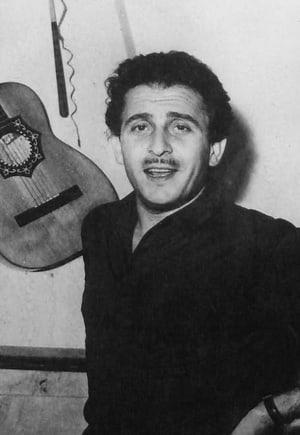
Italian crooner Domenico Modugno.
He won the Sanremo's Italian song Festival in 1958 with Nel Blu Dipinto Di Blu (Volare) and in 1959 with Piove (Ciao Ciao Bambina): both singles reached the n. 1 in the Billboard U.S. chart.

Corrado Mantoni was one the most popular presenter in the history of Italian radio and television. In the picture: Corrado Mantoni (as himself) in Luchino Visconti's Bellissima (1952).
He begin to work for RAI in the mid-1940s as a radio journalist. In 1951, Corrado Mnatoni became the presenter of the radio variety show Rosso E Nero (Red and black).
Corrado Mantoni gave Claudio Villa his nickname il Reuccio (the little king) in the course of an episode of the show.
Among the directors of the orchestra of Rosso E Nero there were Pippo Barzizza, Riz Ortolani and Lelio Luttazzi.
In 1955, there was a TV version of Rosso E Nero.

Posters of the movies referring to the radio variety show Rosso E Nero: Camillo Mastrocinque's Cafè Chantant (1953, above) and Domenico Paolella's Rosso E Nero (1955, below).


Italian-American presenter Mike Bongiorno was one of the most popular celebrities of the Italian television.
He begin to work for RAI in the late 1940s as a radio journalist. In 1954, Mike Bongiorno became the presenter of the radio musical quiz and variety show Il Motivo In Maschera (The masked theme). The orchestra of the show was conducted by Lelio Luttazzi.

Above and below: movie posters of Stefano Canzio's Il Motivo In Maschera (1955).


Lelio Luttazzi was an Italian bandleader, composer, jazz pianist, singer, actor and radio and TV presenter. He was on of the most popular celebrities in the history of Italian radio and television.

Italian bandleader and composer Riz Ortolani.
In 1962, he became worldwide popular for the soundtrack of Gualtiero Iacopetti's Mondo Cane, that included the international smash hit More.

Frank Sinatra performed for the Italian radio on 20th May 1953 in Rome, for the variety show Radio Club.
The orchestra was conducted by Armando Trovajoli.
Domenico Modugno was the supporting artist of the show.

RAI - Radio Audizioni Italiane (Italian Radio Listenings) was the name of the Italian national radio broadcaster from 26th
October 1944.
The previous name was EIAR - Ente Italiano per le Audizioni Radiofoniche (Italian Agency for Radiphonic Listening), from 8th January 1928.
The name was changed in RAI - Radiotelevisione Italiana with the beginning
of official national TV broadcastings, on 3rd January 1954.

Camillo Mastrocinque's Il Vento M'Ha Cantato Una Canzone (The wind sung me a song, 1947) is a comedy about a fictional radio in the late 1940s. Starring Laura Solari and Alberto Sordi and featuring Italian opera
singer (soprano) Maria Caniglia.

Giuseppe Bennati's Il Microfono E' Vostro (The microphone is yours, 1951) is a comedy settled in the RAI-Radio Audizioni Italiane's radio variety show with the same title (1951-1952), presented by Nunzio Filogamo. Featuring many singers and conductors of those years.
See also:

Late 1930s/Early 1940s Italian Radio

1950s/Early 1960s Italian Crooners' Musical Movies
Added to
People who voted for this also voted for
Legendary Actresses: Norma Shearer
Legendary Actresses: Jane Wyman
Cigarette Cards: Live stock (1915)
Greer Garson & Walter Pidgeon - Filmography
50's Movies I Want To Watch
Anautix' Music Lists
Legendary Actresses: Dolores del Rio
Great Male Voices
Legendary Actresses: Joan Blondell
♪ My Favorite Kinda Funny Male Voices
Josh Keyes's Art (part 2)
Legendary Actresses: Miriam Hopkins
Legendary Actresses: Irene Dunne
Favorite Old Television Series III
Anautix' favorite Soul, R&B
Doris Day's Pictorial_3
Art Frahm's Gallery
Actresses And Models_4_1930s, 1940s, 1950s, 1960s
Doris Day's Pictorial_1
Cyd Charisse's Portraits_1
Ann Corio's Pictorial
Lucille Ball's Pictorial
 Login
Login

 8.8
8.8
 0
0






































































